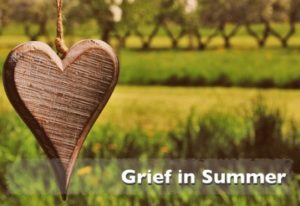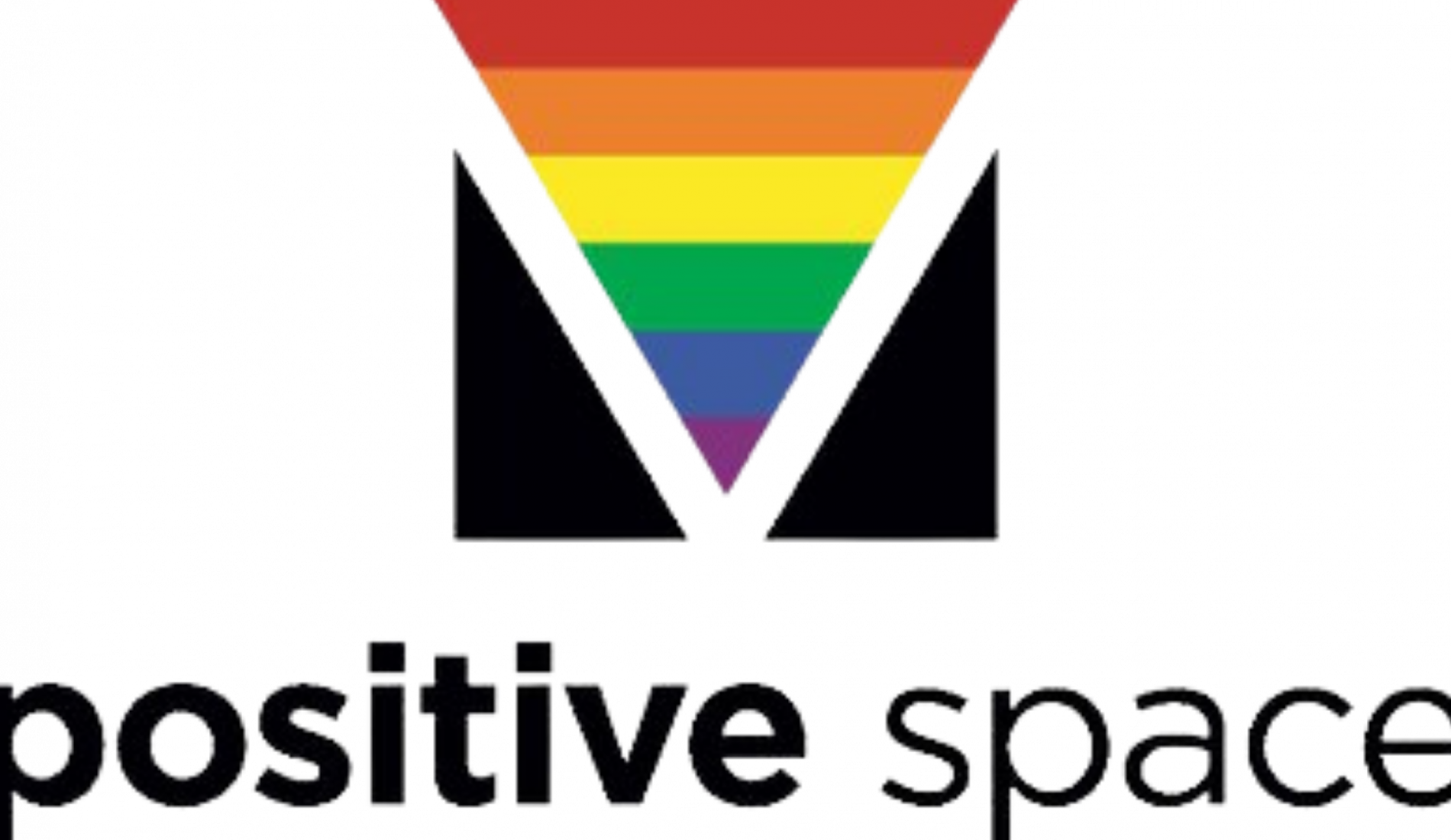As our world becomes smaller and our communities more diverse, the Lighthouse for Grieving Children is engaging in a Multicultural Outreach project with the intention of learning how the diverse communities of the GTA navigate the journey of the death of a family member when it involves children and/or youth. The engagement is being conducted utilizing a ‘Culturally Humble’ approach, which involves the ‘teach me’ method in learning about another’s personal expression of culture and identity.
Taking a culturally humble approach is especially important when addressing a journey of grief and loss; where a child/youth’s sense of self can change through the process. The fact that grief is dynamic in nature informs us as support providers, employers, teachers, neighbors and friends, that we must move with the individual we are engaging as we become their students in how personal culture influences their bereavement journey.
From Ethnocentrism to Cultural Humility: An Evolution
The increasing diversity within North American communities has necessitated a shift from an ideology of ethnocentrism, which means one’s own culture is superior to that of others (i.e. immigrant), to one of a more accepting and welcoming nature. This movement introduced the concept of ‘Cultural Sensitivity’, which carried with it the premise that someone who is of an identified multicultural background was different from the person engaging them. The individual doing the engaging was being aware that the other person, usually an immigrant or of an indigenous background, was different and needed to be treated with a sensitivity to those differences. The challenge with this viewpoint is that it created a hierarchy and an imbalance of power, in that the person who is ‘different’ is considered as such in reference to the person who is the ‘normal’. This was because it was not observed that the individual who is perceived to be ‘different’ is also seeing the person who is the ‘norm’ to be different from them.
Cultural sensitivity continued to evolve and created an education and training around the differences people carry from a multicultural perspective. This developed into a ‘competency’ in engaging and working with the differences in people’s culture. The challenge with this model is that it is impossible to become competent in another’s personal expression of their culture. Everyone expresses their individuality through their personal culture. The model, what was to become known as ‘Cultural Competency,’ created great biases and judgements about other people. Their culture was catalogued and referenced to be used as a ‘guide’ to help people engage in multiculturalism. Unfortunately, it did the complete opposite, and created deeper biases and imbalances of power.
This forced a further evolution to the simple state of humility, to basically asking, ‘what is wrong with not knowing all the answers?’ The model of engagement called ‘Cultural Humility’ is a way of being with the differences of others in their individual cultural expression, recognizing that we are unique and autonomous, and that to learn from another is to ask, rather than assume or presume knowledge. It’s the ‘teach me method’, leaving the autonomy fully with the other person to express how they perceive their personal cultural. The humility is in carrying the mindset of not knowing, and willingness to learn.
The following chart summarizes the evolution:
| Sensitivity | Competence | Humility | ||
|
|
|
Some tools that serve to inform a Culturally Humble approach:
Taking a Culturally Humble approach to supporting and caring for others requires us to cultivate a sense of comfort with not knowing all the answers.
How do we become comfortable with not knowing all the answers?
- When you don’t know much about a child’s culture, admit it and ask to be educated about it using the “teach me” method. Many kids love the opportunity to teach adults new things.
- Relinquish the role of the expert and become student to the child.
- Become aware of your own ‘personal culture’, and how it serves as the backdrop for what you perceive in another’s personal culture. This includes being aware of your own biases, beliefs and values.
- Engage in a life-long process of self-reflection and self-critique. Develop a regular self-reflective practice that could include journaling.
- Listen inwardly, outwardly, with your minds, bodies and hearts.
Practicing Cultural Humility:
Practicing Cultural Humility begins with us in asking ourselves such questions as:
- ‘am I self-reflective?’
- ‘what is my own personal culture?’
- ‘am I clear about my personal values, beliefs, thoughts, feelings in a particular situation?’
- ‘how does my values and beliefs affect how I perceive others?’
- ‘what are my biases, sensitivities, triggers with respect of another’s expression of personal culture?’
Some key questions we can ask a child/youth who’s grieving:
- ‘can I learn more about how you or your family…’,
- ‘can you teach me how you…,’
- ‘can you draw for me what it (personal culture) looks like?’,
- ‘what would I need to know about you so I can be of help/support?’
- ‘show me….’
Being in a state of Cultural Humility not only allows us to bring power imbalances in check but also fosters within us a more respectful way to support others in their individual expressions of grief and loss.








